
Table of contents
Are you a first-time restaurant or food truck owner looking for ways to run your business like a pro? Then you’ll want to consider investing in a user-friendly restaurant point of sale system. Join us as we delve into what a restaurant POS system is, how it works, and the benefits it can offer your team – and profit margin. Check out how the best POS system can kick your restaurant game up a notch!
How does a Restaurant POS System Work?
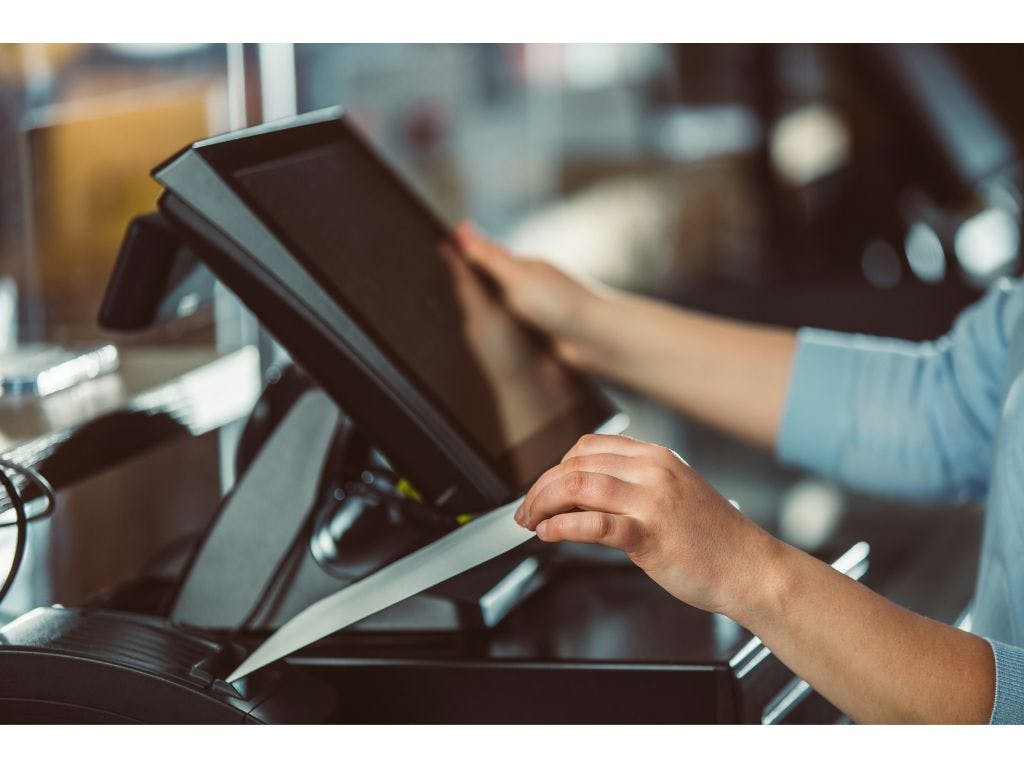
Think of a POS system as the core of your restaurant’s front- and back-of-house activities. It’s a digital platform that strengthens every part of your team’s day-to-day processes, no matter what their roles might be. Through a combination of powerful order management tools and a full-featured array of customer data apps, restaurant POS platforms enhance speed, efficiency, and productivity across your entire business. They also grant access to new revenue streams over online ordering and virtual brands, increasing your revenue consistently.
Today, restaurants of all shapes and sizes use POS systems to enhance their order capacity and eliminate waste throughout the service process. The best restaurant POS systems are designed to meet the needs of eateries in any niche or category, making them extremely flexible for new and established restaurant owners alike. These tools usually employ first-party hardware and software alongside compatible third-party resources that your team already has, like Apple or Android mobile devices or payment processing kiosks from brands like Square.
To ensure your POS system meets your restaurant’s unique needs, the provider you choose will typically also offer a range of customer support and documentation resources, making these platforms extremely accessible. Cloud-based POS systems also eliminate the need for redundant customer data collection practices, instead providing a convenient, secure way of understanding your eaters’ preferences (and spending habits). Powerful POS tech is an essential component of all modern restaurants, and has become standard across the industry.
Advantages of a Restaurant POS System
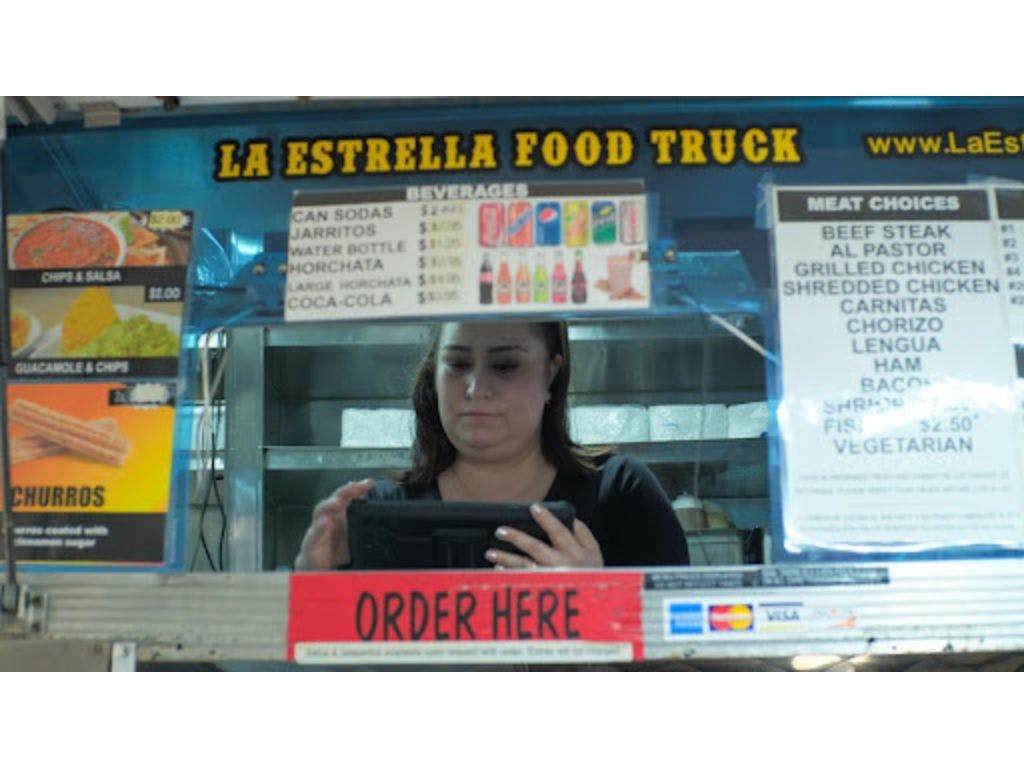
Improved Order Accuracy
To enhance order accuracy, touchscreen-based restaurant POS systems eliminate the need for handwritten tickets and allow orders to be entered directly into the system, leading to strong dining experiences.
For example, Taqueria la Estrella saw challenges with order accuracy and slow service using a traditional ordering platform. Upon implementing a new POS, they were able to streamline their order process, sending orders directly from their front-of-house to the kitchen. Once an order is entered into their mobile POS terminal, the printer generates a ticket. Each table’s orders are shown on an iPad-like kitchen display system, with special requests or dietary restrictions clearly visible.
With this new system, the restaurant’s kitchen team was able to keep focus on their current batch of orders without neglecting any of their activities. This setup eliminated chaotic foot traffic in the kitchen and ensured all order details were accurately communicated between the front-of-house and kitchen staff. By having their orders displayed on-screen and rapidly printed, the kitchen staff had clear and concise instructions, reducing the chances of order errors and miscommunication.
Enhanced Operational Efficiency
By automating tasks like processing payments, taking orders, and inventory tracking, restaurant POS systems help streamline operations and free up staff to provide exceptional service, resulting in a more efficient and profitable restaurant business.
Another example: In 2023, Otter customer Jim’s Burgers needed a more efficient way to manage its growth, streamline digital menus, and implement online ordering. By leveraging an all-in-one POS system, the restaurant was able to centralize menu management, launch mobile payments, and utilize Otter’s online ordering solution. As a result, this fast-casual eatery enjoyed increased revenues, improved profits, higher online orders, and more effective staff management.

Enhanced Inventory Management
Real-time inventory monitoring on restaurant POS systems ensures that popular menu items are always in stock and food waste is reduced. This saves money and time, and improves customer experiences.
Recently, Lip Eats, a digital multi-restaurant concept, needed a way to track inventory for ingredients shared across each of their virtual brands. Otter POS helped streamline the business’s back-of-house inventory management tasks, ensuring that each of their brands was always well-stocked and organized.
Otter’s reporting features identified trends across all of Lip Eats’ digital storefronts, letting the team make stronger, data-driven decisions. Additionally, the restaurant has complete control over what was sold on their online ordering pages, and the ability to make changes where needed.
Automated Sales Reports and Live Alerts
Restaurant POS systems can generate detailed reports on staff performance, sales data, and delivery app commissions, providing valuable metrics that lead to informed business decisions and long-term sustainability.
To achieve their mission of providing a premier movie theater experience, Cinemark relies on a modern POS system as their delivery backbone. The flexibility, stability, and scalability of their software accommodates the company's diverse needs and allows for the growth of their operations.
The brand’s chosen management system, Otter POS, has a dedicated monitoring module that continuously checks critical aspects of their operations. In the event of a problem, the monitoring module sends immediate alerts to Cinemark’s management and staff, letting them address the issue promptly and maintain optimal business performance. This proactive approach to monitoring helps businesses avoid disruptions, maximize revenue, and enhance customer satisfaction.
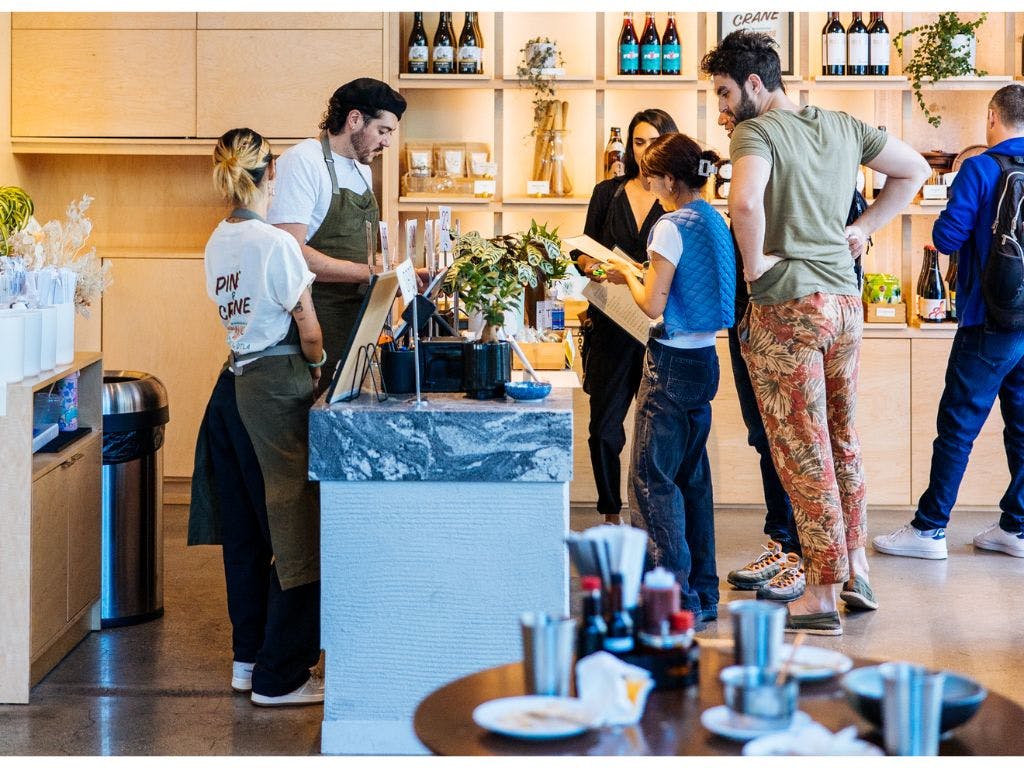
Improved Customer Experience
Online ordering, loyalty programs, and better table management are just a few of the features that restaurant POS systems offer to help engage eaters and provide a more personalized customer experience.
To understand the benefits that improved customer experiences have on restaurant revenue, look at the industry niche of entertainment. By providing a streamlined way of managing orders, diversifying payment methods, and offering specials, these businesses keep eaters having fun – and spending. Modern restaurant POS systems integrate directly with tableside ordering, eliminating obstacles to food being served. This makes quick-service restaurant dining easier and encourages more sales.
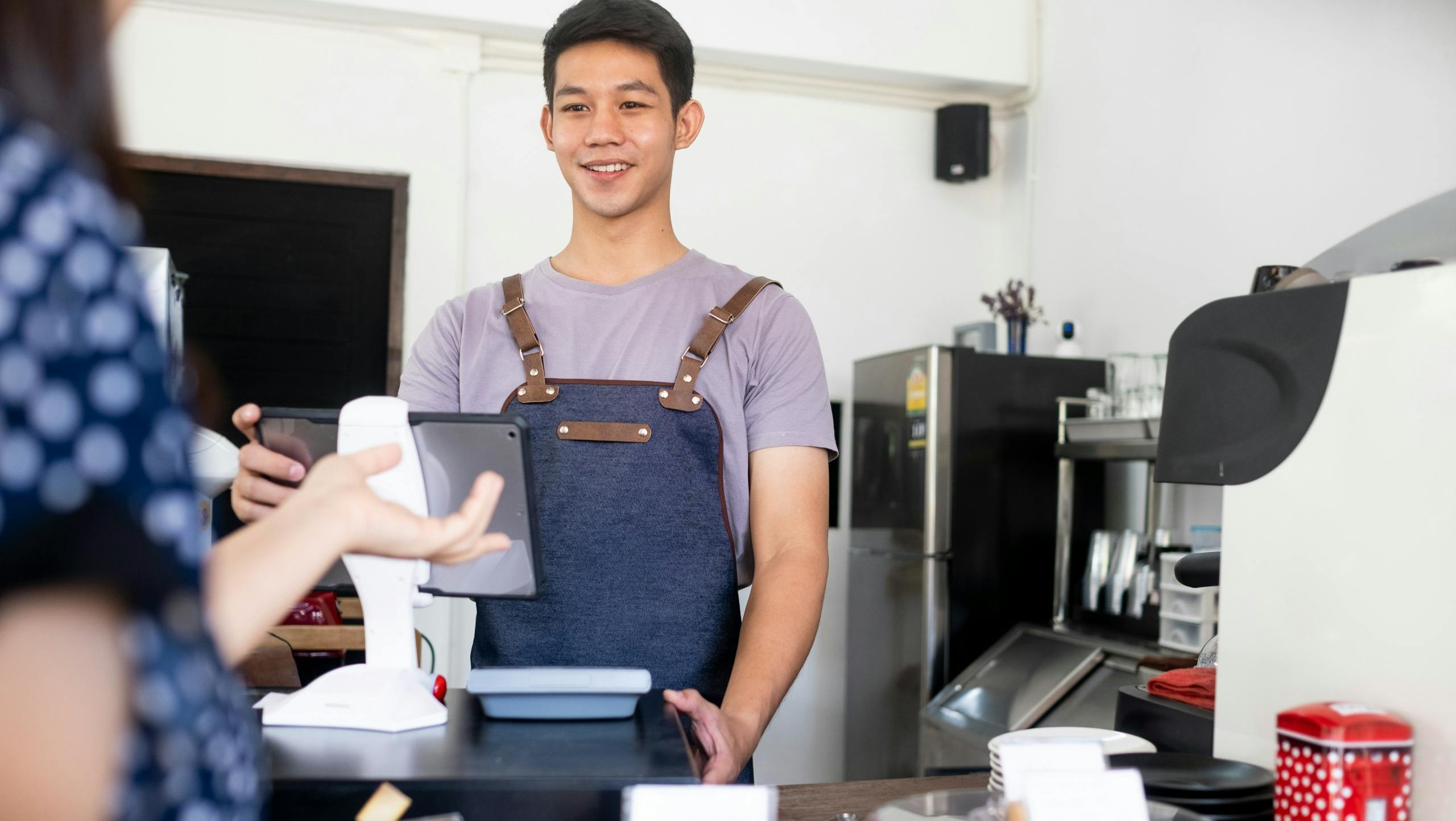
Restaurant POS hardware
The hardware components of a POS system are the physical tools that enable businesses to process payments and manage their operations. These components typically include a computer or tablet, a credit card reader, and a receipt printer.
A computer or tablet is the brain of your POS system, running the software that handles essential functions like inventory management and sales reporting.
The cash register (or cash drawer) is where your business can store bills and coins, while credit card readers allow you to accept electronic payments.
Finally, a receipt printer provides eaters with a checkout record of their transactions. Depending on the needs of your business, additional peripherals like self-service kiosks, customer displays, and kitchen printers can also be added. With the right hardware components, your restaurant can process transactions quickly and efficiently, freeing up time to provide excellent customer service. But what are the specific benefits of using a restaurant POS system? Let's take a closer look!
How to Choose a Restaurant POS System
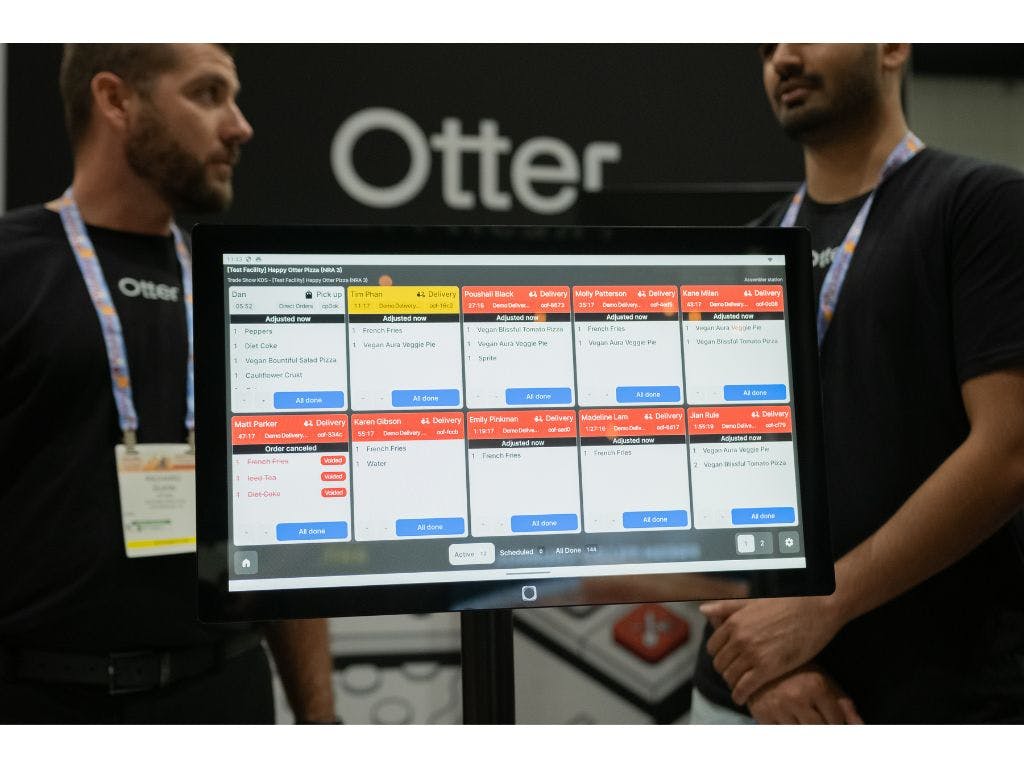
POS technology is crucial to the success of today’s restaurants, but not all point-of-sale systems are right for your business’s needs. Every POS suite has a different range of features – and with them, different hardware requirements and upfront costs. Selecting the best POS system for your restaurant’s demands takes a deep understanding of your front- and back-of-house activities, along with a decision on which features your team values most. Strong POS tools are invaluable to restaurant businesses, but weak ones can be a serious problem for your revenue.
There are a range of factors that you should be keeping in mind before you choose a POS system. Consider the following elements of a POS suite when comparing different options:
- Price: POS tools usually have both an upfront cost (for the initial purchase of the system) plus recurring processing fees (paid on each order completed). Be sure that your restaurant fully understands all the costs of a POS system before committing.
- Accessibility: Restaurant service is fast-paced and hectic, and your POS suite shouldn’t create any obstacles to excellent service. Always choose POS tools that are specifically-designed for increasing productivity and streamlining kitchen activities.
- Scalability: Certain POS platforms are made with smaller businesses in mind, which can pose issues to restaurants seeking long-term growth. A flexible, highly-scalable POS system is key for owners looking to develop their storefront and customer count and leaves room for future possibilities and adaptations.
- Integrations: In today’s marketplace, a massive variety of apps and hardware are available to restaurant owners seeking unique third-party features. Your POS suite should have a high level of compatibility with leading add-on tools and programs.
- Customer Support: During a mid-service issue with your POS system, impactful first-party help can mean the difference between a slight inconvenience and permanent damage to your reputation. Seek POS tools with extensive customer support resources.
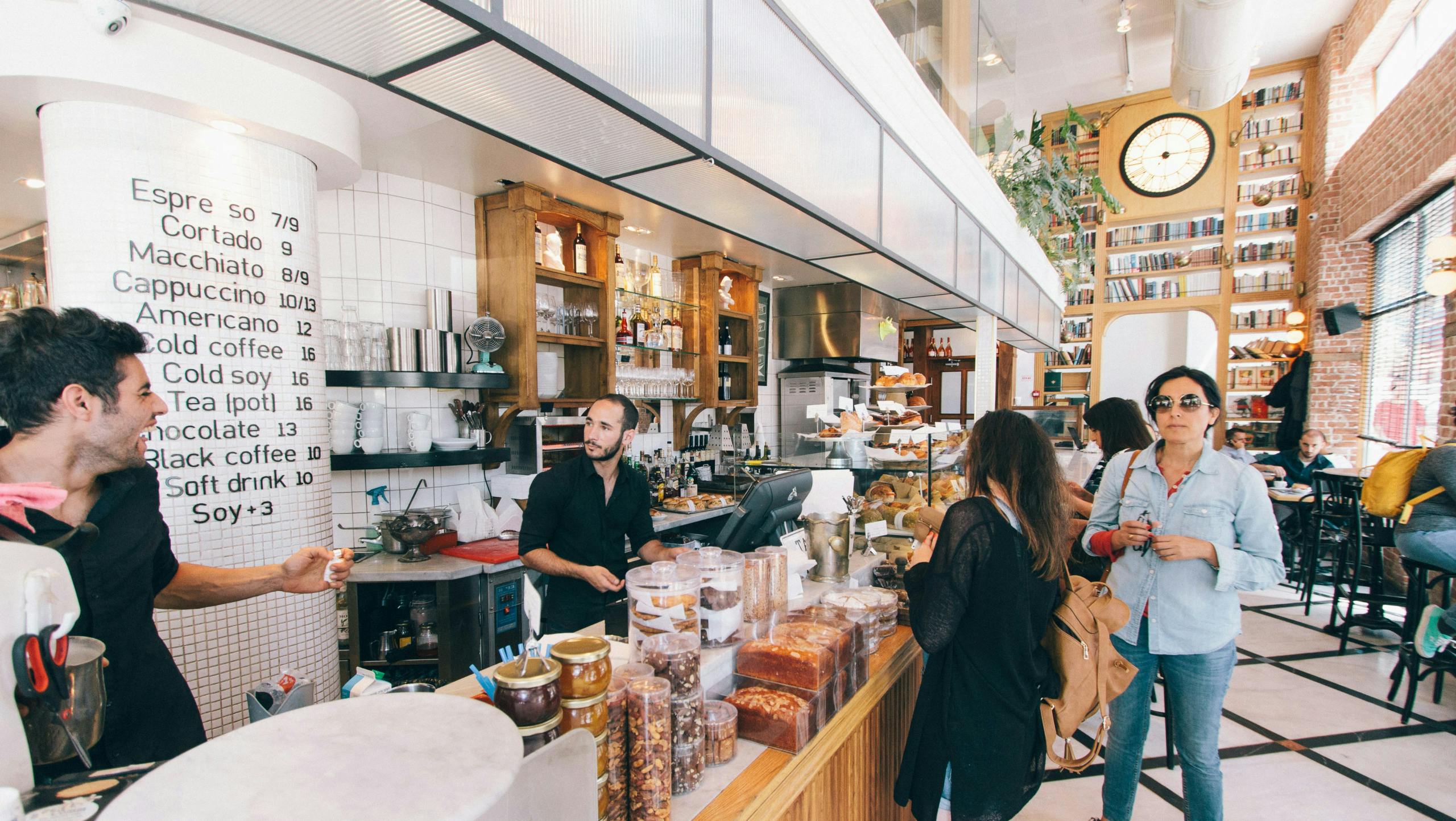
Once you’ve settled on a POS system that satisfies each of the requirements above, be sure to engage with your provider during the initial outreach process. POS companies are staffed by salespeople that are eager to showcase their systems’ value, so inquire deeply about any features or benefits you’re considering. To gain a thorough understanding of a POS system before you buy into it, ask your representative several pointed questions, like those below:
- What makes your POS system better than your competitors?
- How can your POS system benefit my restaurant’s service and revenue?
- Can you outline all the upfront and recurring costs I should expect for your POS tools?
- What are some first- and third-party integrations that your POS system offers?
- After purchasing your POS system, what level of customer support can I expect?
- Could you explain each of your POS system’s unique first-party features?
- How long will it take my team to become experts with using your POS system?
By keeping these criteria and questions in mind, you’ll be making informed decisions on which POS platform is right for your restaurant. Adopting new POS technology is often a major commitment for restaurant businesses, so be sure that you have your entire team’s thoughts and opinions on what features matter most to crafting great eater experiences.
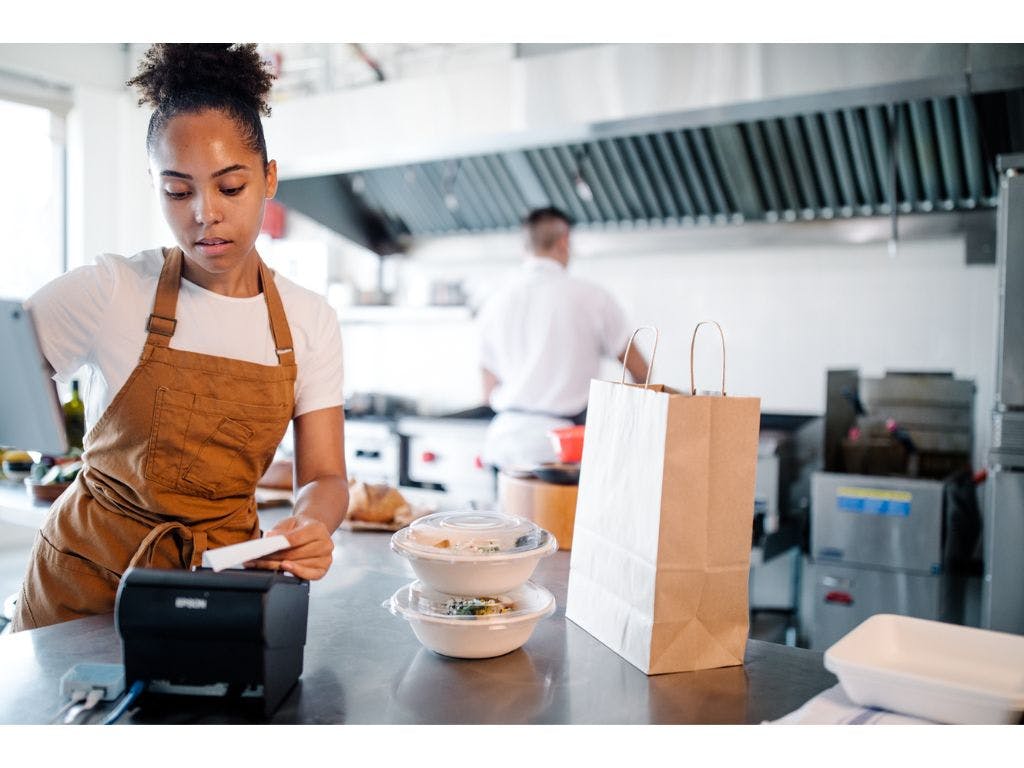
Book a demo with Otter
It’s time to enhance your operations with Otter’s all-in-one restaurant platform. Book time with our sales team to learn more.








